Article
Oak Ridge: Y-12 Pilot Plant (Building 9731) Panoramic Tour
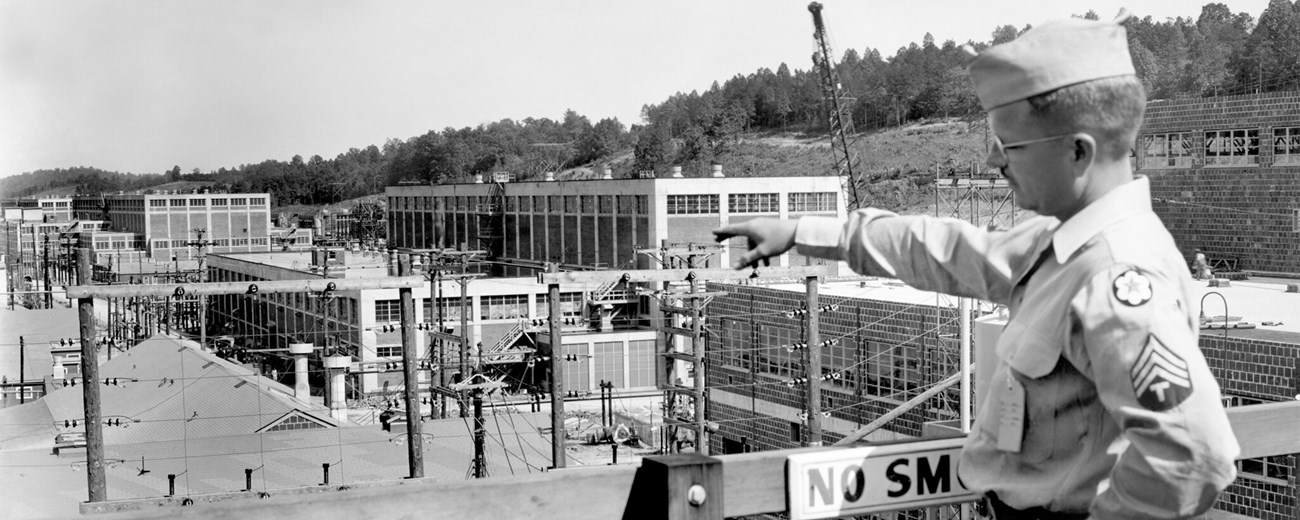
US DEPARTMENT OF ENERGY/ED WESTCOTT
Building 9731 is located on the highly-secured grounds of the Y-12 National Security Complex in Oak Ridge, TN. Public visitation is prohibited.
Building 9731, or the Pilot Plant, was the first building constructed at the top-secret Y-12 Electromagnetic Separation Plant in Oak Ridge, Tennessee. Constructed for the Manhattan Project in 1943, Building 9731 houses the prototype equipment for the electromagnetic device known as a calutron, an industrial-sized variety of mass spectrometer invented by University of California scientist Ernest Lawrence. Building 9731 was the pilot building where operations workers and cubicle operators trained to perform uranium separation. Their work yielded enriched uranium-235 to fuel Little Boy, the world’s first uranium gun-type atomic bomb dropped on Hiroshima, Japan on August 6, 1945.
The cubicle operators, known as the Calutron Girls, trained in Building 9731 before operating the arrays at the larger production facilities at Y-12, including the adjacent Beta 3 building. These young women, many of whom were just out of high school, were not aware of the undertaking they were a part of until after the war.
The calutrons in Building 9731 remained in operation after the Manhattan Project and through a portion of the Cold War, continuing to separate isotopes for scientific research until 1970. Building 9731 houses the only remaining Alpha Calutron magnets from the Manhattan Project.
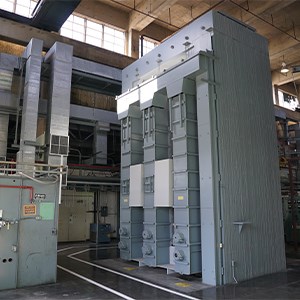
US DEPARTMENT OF ENERGY
Alpha Calutrons
The calutrons operated in unison, using the electromagnetic separation process. This process resulted in the obtainment of highly purified uranium-235. This enriched uranium was ultimately used as fuel in the Little Boy atomic bomb. The total cost of the electromagnetic separation process reached $573 million by the end of the Manhattan Project (over $9 billion today).
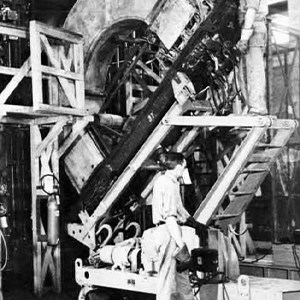
US DEPARTMENT OF ENERGY/ED WESTCOTT
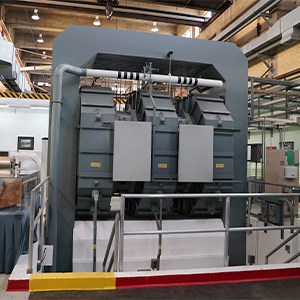
US DEPARTMENT OF ENERGY
Beta Calutrons
The Beta Calutrons were slightly smaller than the Alphas and were rectangular in appearance. The Alpha Calutrons provided partially enriched uranium to the Betas, which would fully enrich the uranium-235.
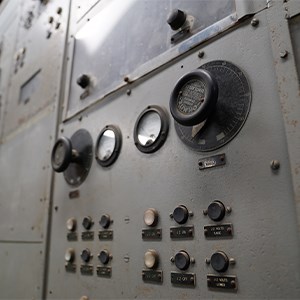
US DEPARTMENT OF ENERGY
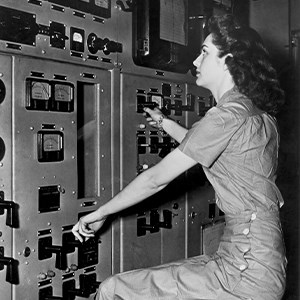
US DEPARTMENT OF ENERGY/ED WESTCOTT
Last updated: June 25, 2024
